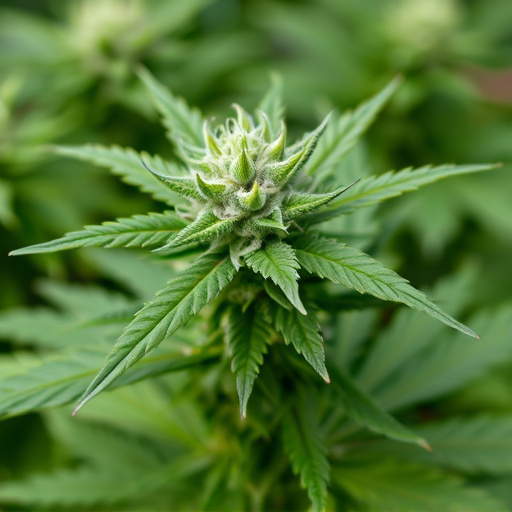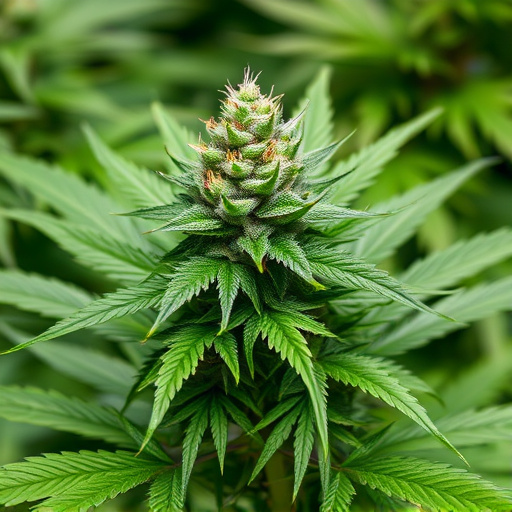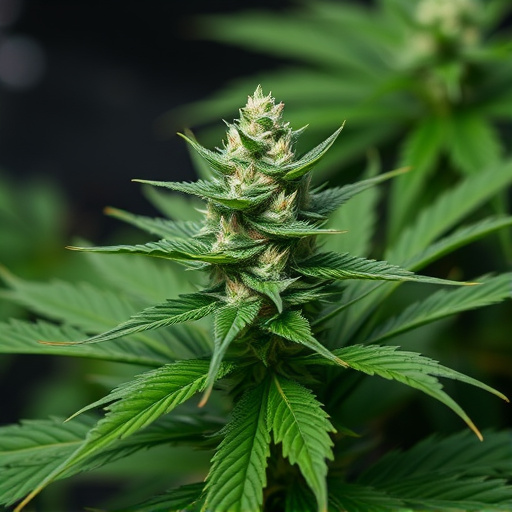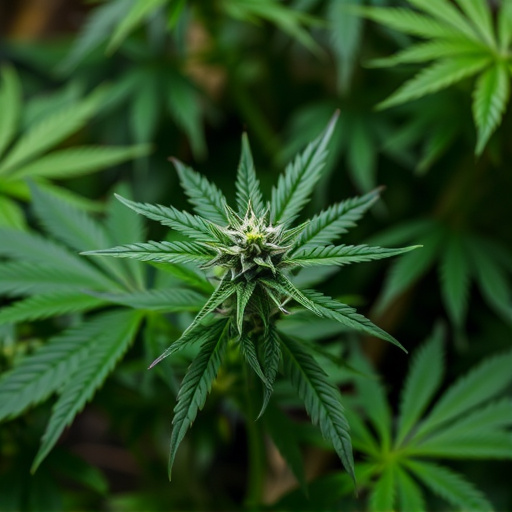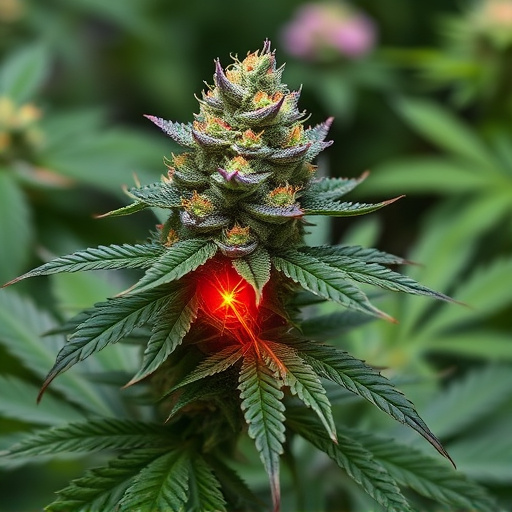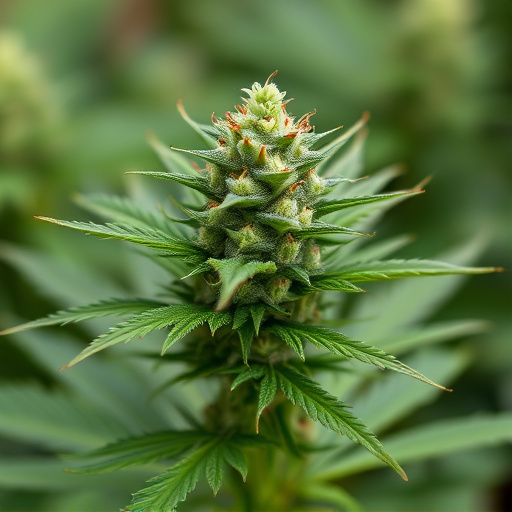Cannabis strains for pain leverage the body's endocannabinoid system through their unique cannabinoid and terpene combinations. High-CBD strains offer analgesic effects without psychoactive THC, while higher THC content provides stronger pain relief but may cause side effects. Many prefer cannabis over traditional pharmaceuticals for its targeted approach to managing both symptoms and underlying causes of chronic pain. However, it's crucial to understand potential risks, such as medication interactions and anxiety triggers, and consult healthcare providers before incorporating cannabis into pain management routines. Safe consumption methods like topicals minimize risks while providing localized relief.
“Uncover the profound effects of cannabis flower, a natural remedy gaining traction in modern healthcare. This comprehensive guide explores how understanding cannabis composition can optimize its therapeutic potential, particularly in managing pain. From various cannabis strains and their unique profiles to potential side effects and essential precautions, we delve into the science behind this ancient herb’s modern applications. Discover how specific strains can alleviate pain, offering natural relief for those seeking alternative treatments.”
- Understanding Cannabis Flower and Its Composition
- The Impact of Cannabis Strains on Pain Management
- Potential Side Effects and Precautions
Understanding Cannabis Flower and Its Composition
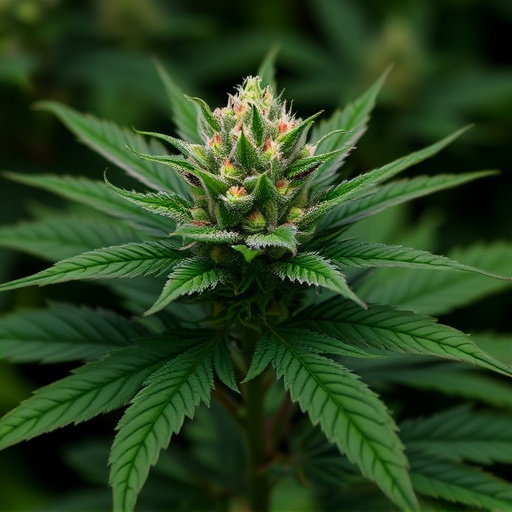
Cannabis flower, also known as marijuana or hemp, is the most commonly consumed part of the cannabis plant. Its composition includes a diverse range of chemical compounds, the most well-known being cannabinoids and terpenes. Cannabinoids like THC (tetrahydrocannabinol) and CBD (cannabidiol) are responsible for the plant’s psychoactive and medicinal properties. Each cannabis strain has a unique combination of these compounds, leading to varied effects, including potential relief from pain, inflammation, and anxiety.
Cannabis strains for pain management have gained significant attention due to their ability to interact with the endocannabinoid system in our bodies. This system plays a crucial role in regulating pain perception, mood, and appetite. Different strains offer diverse experiences, with some being more effective for specific types of pain or conditions. For instance, high CBD strains are often sought after for their anti-inflammatory and analgesic properties without the psychoactive effects of THC. Understanding these compositions is key to navigating the potential benefits cannabis flower can offer as an alternative treatment option.
The Impact of Cannabis Strains on Pain Management
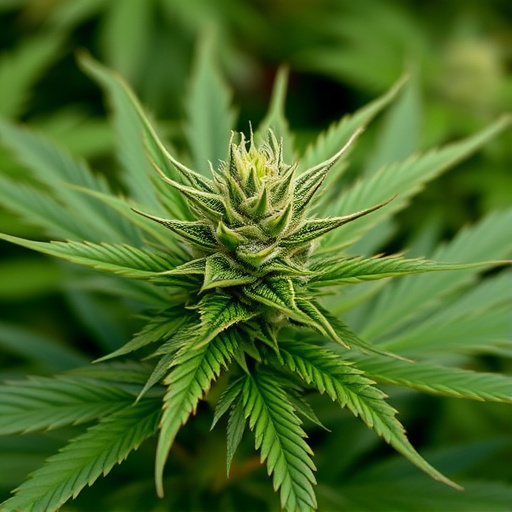
Cannabis has been used for centuries as an alternative medicine, and its modern resurgence has brought renewed interest in its various forms, including cannabis strains for pain relief. The impact of different cannabis strains on managing pain is a complex topic. Each strain offers unique chemical profiles with varying levels of cannabinoids like THC (tetrahydrocannabinol) and CBD (cannabidiol). These compounds interact with the body’s endocannabinoid system, which plays a significant role in regulating pain perception.
For instance, strains high in CBD have gained popularity for their potential to alleviate chronic pain without inducing psychoactive effects. On the other hand, strains with higher THC content may provide more potent analgesic properties but are also associated with potential side effects such as increased heart rate and anxiety. Some people find specific cannabis strains more effective than pharmaceutical painkillers due to their ability to target not just the symptoms but also the underlying causes of pain.
Potential Side Effects and Precautions
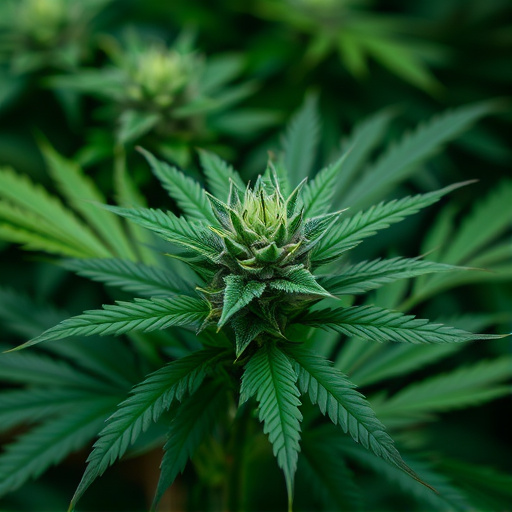
While cannabis has been shown to offer potential benefits for managing pain, it’s crucial to acknowledge and discuss its potential side effects and precautions. Like any substance, cannabis can interact with medications or other substances, causing unforeseen issues. Some users may experience temporary anxiety, paranoia, or disorientation, especially when consuming higher THC strains. These effects can be more pronounced in individuals with a history of mental health conditions. It’s essential to start with lower doses and choose cannabis strains for pain that have a balanced THC-to-CBD ratio to minimize these risks.
Additionally, consumption methods matter. Smoking cannabis can irritate respiratory pathways, while edibles can take longer to kick in and may result in an overdose if too high a dose is consumed. Topicals are generally safer options, offering localized relief without systemic effects. Always consult with a healthcare provider before incorporating cannabis into your pain management routine, especially if you have pre-existing health conditions or are taking other medications.
Cannabis flower, with its diverse strains and unique composition, offers promising avenues for pain management. Understanding specific strains’ effects on endocannabinoid systems can help individuals make informed choices for their well-being. While cannabis strains for pain show potential, recognizing side effects and taking precautions is essential. Further research continues to uncover the full scope of cannabis’s therapeutic capabilities, making it a game-changer in alternative treatments.


